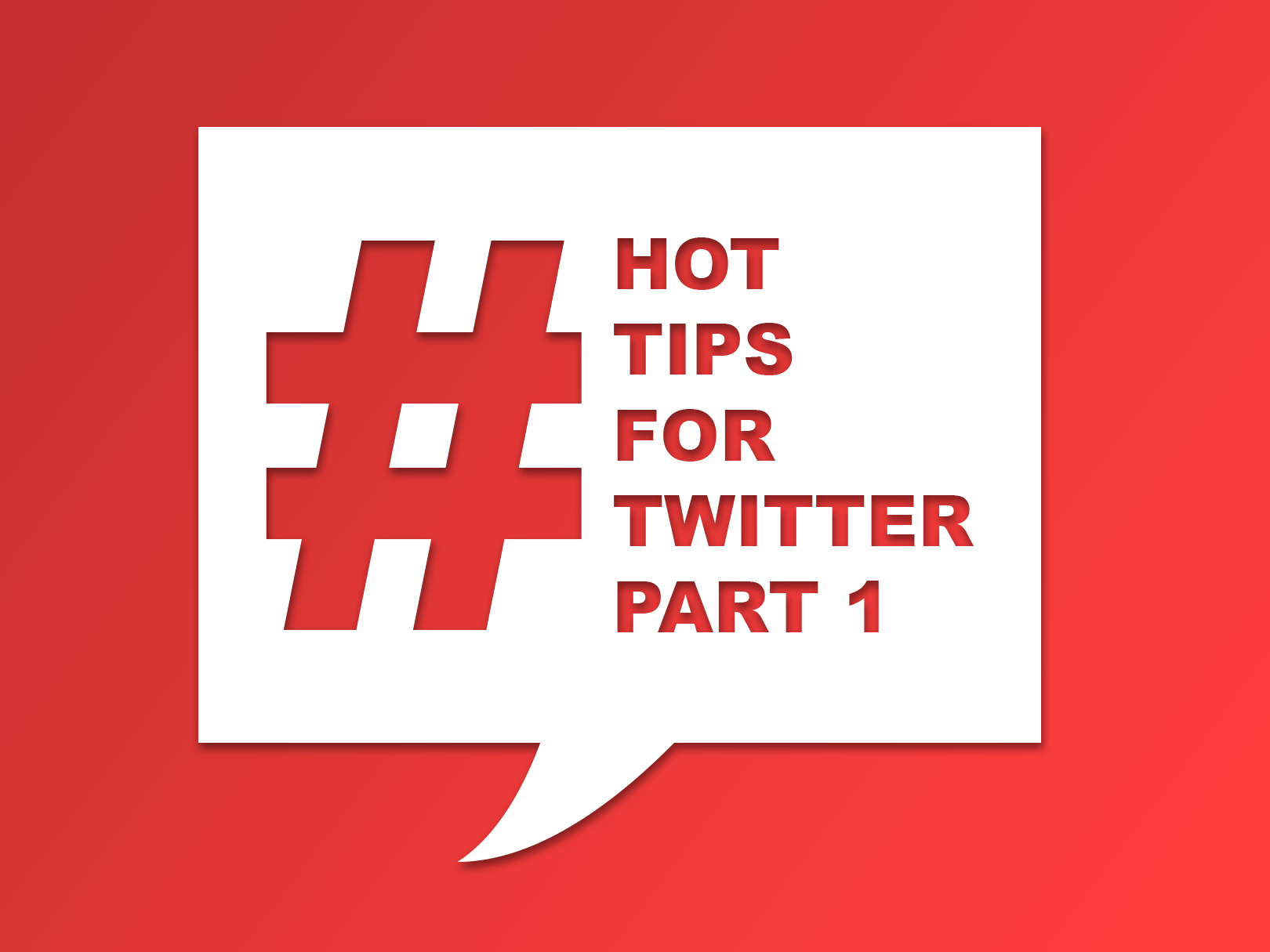Hot Tips for Using Twitter (Part 1 of 3)
Topics

In 2006, Twitter co-founder Jack Dorsey posted “just setting up my twttr” as his first message—and Twitter was born.
In 2008, HIV.gov (posting as @AIDSbooth) first used Twitter to announce that we had joined the platform and that we would be “twittering” from the International AIDS Conference in Mexico City. (We quickly learned the proper lingo for tweeting!)
Since then, Twitter has grown and evolved into a global, real-time communication channel that reaches more than 300 million active users every month. According to a 2017 article by Brandwatch:Exit Disclaimer
Twitter remains popular in the United States and around the world:
- A total of 1.3 billion accounts have been created and 500 million people visit the site each month.
- The vast majority (79%) of Twitter accounts are from outside the U.S., but 23% of U.S. citizens are active monthly users.
Companies and brands spend a significant amount of money on Twitter marketing:
- Nearly 66% of U.S. companies with 100+ employees use Twitter for marketing.
- Those companies are active Twitter users: 92% tweet more than once a day, 42% tweet 1-5 times a day, and 19% tweet 6-10 times a day.
Twitter users expect to engage with organizations and brands:
- The average Twitter user follows five businesses.
- Companies that provide a friendly customer service experience on the platform see results: 76% of users who have good experiences when they contact a company on Twitter are likely to recommend the brand.
Images are key:
- Tweets with images get 150% more retweets.
- They also get 18% more click-throughs and 89% more likes.
We asked several of our colleagues in the HIV community to share their insights and recommendations. The first contributor in our three-part interview series is John Hamiga, Capacity Building Specialist, at the University of California, San Francisco (UCSF) who oversees social media for the Mpowerment ProjectExit Disclaimer, an HIV-prevention intervention for young gay/bisexual men. The Mpowerment Project was the first documented HIV prevention intervention for young gay and bisexual men to succeed in reducing sexual risk behavior. The program has been carefully developed, evaluated, and continually refined over the years. The project addresses issues on the importance of knowing one’s HIV status, condom use and informing young men about PrEP as an option. Mpowerment also addresses various issues of young men living with HIV so that they engage in care more effectively. It was created by Susan Kegeles and Greg Rebchook, behavioral scientists at USCFExit Disclaimer and has been implemented in over 70 different communities over the past 25+ years.
How do you use Twitter and how does it fit into the larger communication strategy for your organization?
John Hamiga (JH): We use Twitter to promote the importance of community-level interventions for young-adult gay/bisexual men to all stakeholders, including the CDC, HIV researchers, HIV service organizations, community-based organizations, and anyone interested in the health of young gay/bisexual men. Our Twitter strategy fits with USCF’s mission, which is advancing health worldwide, and, in particular, with the mission of the Center for AIDS Prevention StudiesExit Disclaimer, whose researchers created the Mpowerment Project model.
Why is Twitter a valuable tool for reaching individuals in the community?
JH: Twitter helps us maintain the Mpowerment Project’s voice online. We try to be at every relevant HIV conference and to promote the variety of unique Mpowerment Projects across the globe. I like to think we are a voice for the continued advancement of holistic approaches to young gay and bi men and that they want to have a voice in their HIV-prevention services.
What Twitter content have you found works best?
JH: Using lots of photos. I never tweet without a photo attached. Twitter is the BEST way to stay informed on HIV news. Because I use it so much, I'm always the first on the team to relay important new information on HIV prevention. Using hashtags keeps us involved in important online conversations (e.g., #2018USCAExit Disclaimer and #MpowermentExit Disclaimer). Content-wise, I showcase and share Mpowerment Project materials and videos from our colleagues in all of the communities implementing Mpowerment. They get a shout-out and other Mpowerment Projects can see successful materials and events that they might be able to use in their own cities.
How do you track your social media activities and what does success look like?
JH: After a conference, I track the tweets, retweets, likes, and link clicks, as well as our Mpowerment Google BlogSpot page views.
What recommendations would you give other HIV community organizations that are thinking about revising their Twitter strategy?
JH: Like any social media platform, staff need to be given time to strategize, plan, and learn how each platform can be used successfully. Twitter has its own unique communication style. Other recommendations: Keep your Twitter passwords in a secure and safe space, and plan for staff turnover. There is a graveyard of HIV-related twitter accounts out there.
You can follow the Mpowerment Project on TwitterExit Disclaimer, FacebookExit Disclaimer, YouTubeExit Disclaimer, and FlickrExit Disclaimer.
This post is Part One of a three-part interview series. Sign-up for email updates to find out when we add the next two posts. To learn how you can launch, optimize, or evaluate your organization’s Twitter profile, talk to an HIV.gov digital media specialist during a Virtual Office Hours appointment.